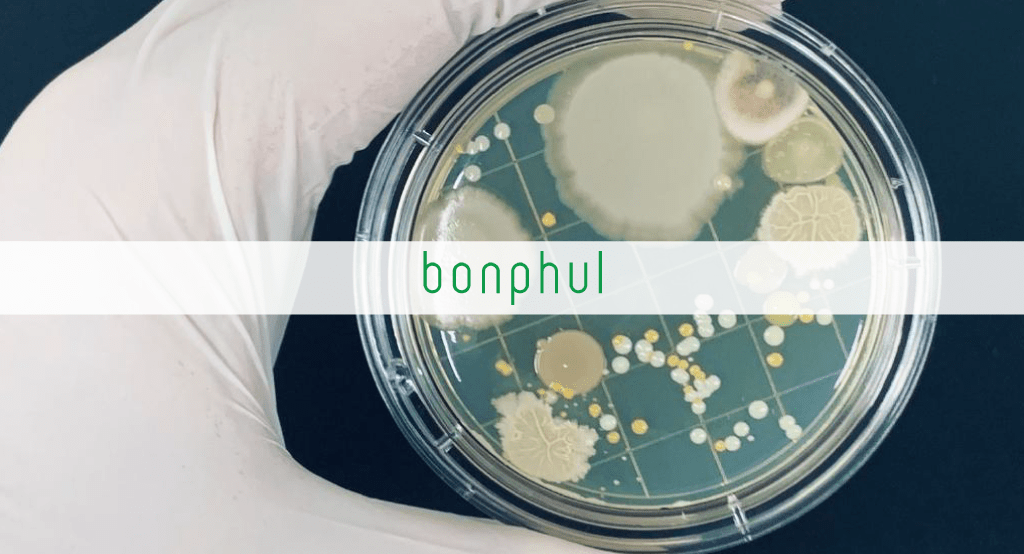WHO on Microbial Pollution
According to the WHO guidelines, the following global trends contribute to increased dampness and mould:
- poorly implemented energy conservation measures: tightened building envelopes, ventilation deficits, improper insulation;
- urbanization: migration, building type and density, urban degradation, housing availability and social inequity;
- climate change: increasing frequency of extreme weather conditions, shifting of climate zones; and
- the quality and globalization of building materials and components, construction concepts and techniques.
These conditions increase the risks of adverse health effects due to biological contaminants of indoor air
As estimated by WHO, dampness affects 10–50% indoor spaces in Europe, North America, Australia, India and Japan. The conditions of dampness are substantially more severe in water-rich areas. The water level on or in materials triggers growth of microorganisms, including fungi, actinomycetes (a class of bacteria) and other bacteria. Microorganisms are almost omnipresent and they propagate rapidly in moisture-rich conditions.
Dust and dirt normally present in most indoor spaces help microbes to grow further.
Sanitizers tackling Microbial Contamination
Sanitizing the air is crucial when microbes are floating around and also getting into our bodies. Air sanitizer is a disinfectant that acts on airborne microbiological organisms. It disinfects and reduces growth or development of bacteria, fungi or viruses.
We currently know of air purifiers, that filters or traps airborne particulate matter. However, air sanitizers can act on airborne microorganisms in open indoor air space. Both air purifiers and air sanitizers are complementary air treatment solutions.
Types of Air Sanitizers
UV-C Sanitizers: UV-C Sanitizers have the power to kill or disable bacteria, mould, fungi, and viruses. It destroys the DNA of dangerous pathogens that pass through the light. The technology is powerful to eliminate over 98% of airborne germs and facilitate clean air. Interestingly, there is no known microorganism’s immune to UV-C energy. It simply destroys the microorganism and causes it to be ineffective. A part of the ultraviolet light spectrum that is filtered out by the earth’s atmosphere, UV-C fights odours and airborne germs without the use of chemicals. The goal is to reduce or eliminate the actual growth or development of microbiological organisms such as fungi, bacteria, or viruses.
Glycols: Glycols are a class of organic compounds belonging to the alcohol family. Some of its class including the triethylene glycol act as an air sanitizer. According to the United States Environmental Protection Agency (EPA), evidently, glycol vapours decreases the numbers of viable airborne bacteria under relatively wide conditions. Glycol air sanitizers do not sterilize, disinfect, act as an antiseptic, by airborne bacteria or viruses. Therefore, no health claims are allowed by manufacturers of such products.






